The United States has a variety of nature parks that perfectly represent the richness and majesty of the nation’s wilderness. The country is home to some of the most spectacular natural landscapes in the entire globe. These parks, which allow visitors to experience the beauty and tranquillity of the natural world, range from majestic mountains and deep gorges to verdant woods and serene lakes. They also serve as wildlife havens. The nation’s nature parks offer the ideal haven for anyone seeking to get away from the bustle of the big metropolis, whether they are passionate hikers, animal lovers, or just someone seeking some time away from it all. The United States has an astonishing assortment of protected areas with 63 national parks. Views of towering mountains, deep woods, animals, and outdoor activity options await travellers in various landscapes35. Because each national park has unique qualities and attractions, visitors and nature lovers frequent them in large numbers.
The Most Beautiful Nature Parks In the United States
Numerous national parks are distinguished by their striking vistas and distinctive features. Yosemite National Park, for example, is well known for its breathtaking waterfalls and recognisable granite structures. The nation’s most famous park, the Great Smoky Mountains National Park, is renowned for its verdant fall foliage and lush woodlands. Similarly, Montana’s Glacier National Park, a hiker’s paradise with its untamed mountains and vast trails, enthrals tourists. Numerous national parks are home to various plants and animals, serving as vital homes for innumerable species. For instance, Alaska’s Denali National Park is well-known for its breathtaking scenery and diverse animals that call its enormous territory home, including moose and grizzly bears. This richness improves visitors’ experience and fosters a deep connection between people and the natural world.
1. Crater Lake National Park
Oregon’s Crater Lake National Park exemplifies the spectacular splendour of the national parks in the United States. It is well-known for its breathtaking blue seas and distinctive geological characteristics. It provides guests with a wide range of leisure opportunities amid an incredible setting. This park is essential to America’s natural heritage because of its clean surroundings and volcanic caldera. At 1,943 feet, Crater Lake is the deepest lake in the United States. The lake is inside a caldera that provides insight into the earth’s volcanic past. It was formed around 7,700 years ago, following Mount Mazama’s collapse due to an explosive volcanic eruption. It is a geological marvel and an important natural landmark because of its extraordinary depth and clarity, which create a striking visual contrast to the rough terrain around it.

Because the lake is only refilled by rain and snow, its waters are famous for their clarity and deep blue colour. This is because there are no streams that flow into the lake. The lake is among the purest in the world because of its distinct hydrology. Visitors can discover a variety of species, including deer, eagles, and songbirds, as well as coniferous forests, wildflowers, and other flora and fauna surrounding the lake. This dynamic ecology increases its attractiveness as a travel destination for nature enthusiasts and photographers. Year-round recreational opportunities abound in Crater Lake National Park. In the summer, tourists can enjoy water sports, including boat rides to Wizard Island, hiking on the 90 miles of trails, and breathtaking drives along the 33-mile Rim Drive. The park is transformed into a wintry setting for cross-country skiing and snowshoeing throughout the winter. It is a desirable site for outdoor enthusiasts because of its varied attractions.
2. Acadia National Park
Among the most exquisite nature parks in the country, Maine’s Acadia National Park is a treasure, with breathtaking scenery sculpted by geological processes and a wealth of outdoor activities. The park, well-known for its craggy coastline, striking mountains, and varied ecosystems, is a beautiful example of balancing ecological relevance with natural beauty. The unique geological formations that narrate the history of the Earth define Acadia. The park features remarkable pink granite peaks like Cadillac Mountain, the highest point on the North Atlantic Seaboard, and U-shaped valleys sculpted by glacial action. The park’s stunning views result from elements like glacial striations and erratics, which indicate the effect of glacial formation throughout the area. The geological diversity provides critical insights into the processes that have sculpted the terrain over millions of years.
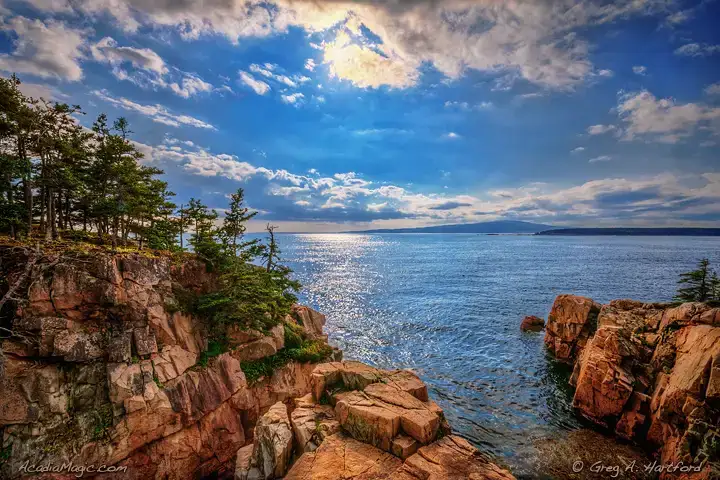
3. Glacier National Park
Glacier National Park in Montana is among the country’s most exquisite national parks. It is a paradise for outdoor enthusiasts and nature lovers because of its amazing landscapes, abundant wildlife, and distinctive geological features. The park offers many recreational activities, clean lakes, and majestic mountains, making it a remarkable representation of America’s natural beauty. The outstanding geological structures seen in Glacier National Park are predominantly created by glacier activity. Viewers can take in the striking peaks known as the horns that dominate the area and U-shaped valleys, hanging valleys, and cirques. The Lewis Thrust Fault, which exemplifies the intricate interactions of ancient rock strata that resulted in the park’s spectacular topography, is one of the major geological events that have marked the park’s history. The vast Belt Supergroup, which features impressive sedimentary strata, sheds light on the park’s prehistoric geological history.

4. Shenandoah National Park
Virginia’s Shenandoah National Park, which features the spectacular Blue Ridge Mountain panoramas and a variety of ecosystems, is a magnificent illustration of the country’s natural splendour. The park, well-known for its breathtaking views, abundant wildlife, and leisure options, provides a compelling experience for anyone wishing to take in the majesty of the Appalachian region. Almost a billion years of tectonic action have sculpted the remarkable geological structures in Shenandoah National Park. Parts of the old Grenville Mountains, whose peaks soar over 4,051 feet, are part of the park. The Grenville Mountains experienced extensive metamorphism and erosion to create the modern terrain that the Blue Ridge Mountains dominate. Together with more recent volcanic formations, the region’s geological makeup contains ancient metamorphic rocks like gneiss and granite, creating a complex and varied geological past that intrigues both geologists and tourists.
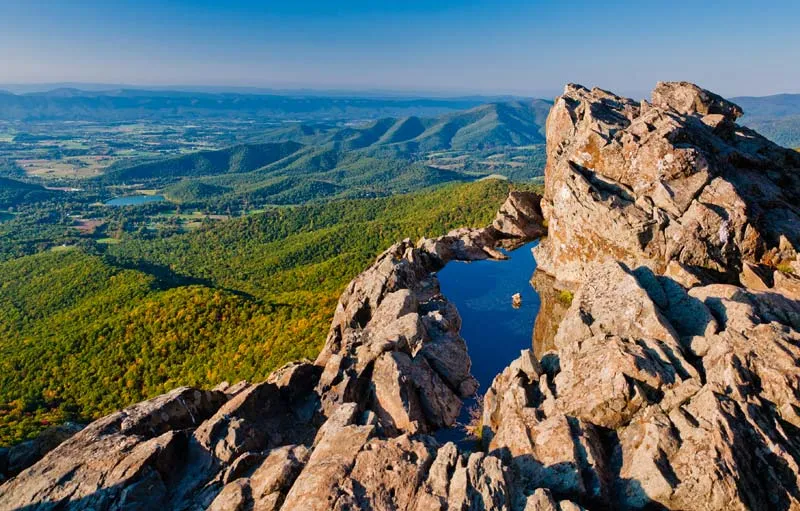
5. Great Smoky Mountains National Park
The Great Smoky Mountains National Park, located on the border of North Carolina and Tennessee, is a prime illustration of the country’s breathtaking natural surroundings. Celebrated for its varied ecosystems, breathtaking alpine vistas, and abundant cultural heritage, the park welcomes millions of tourists, each of whom comes to experience its vast array of experiences. This park is not just a work of natural beauty, but it also serves as a wildlife refuge and a reminder of the value of conservation. The Appalachian Mountains, among the world’s oldest mountain ranges and date back 200 to 300 million years, define the Great Smoky Mountains National Park. The park is home to some unusual geological formations, such as sedimentary rocks that have been faulted and folded by tectonic pressures. Prominent peaks above 6,000 feet, such as Clingmans Dome, Mount Guyot, and Mount LeConte, dominate the terrain, offering spectacular views and various geological features.
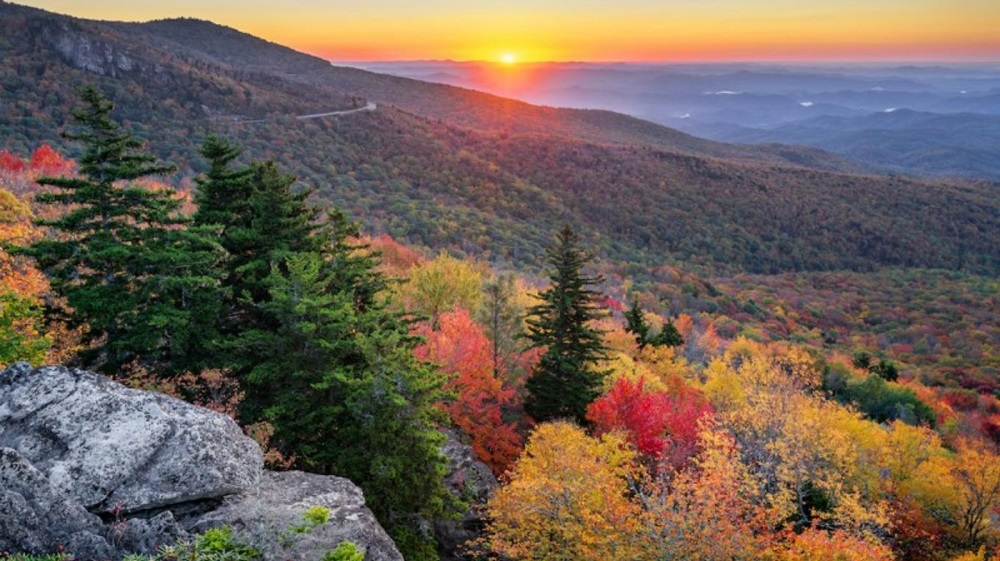
6. New River Gorge National Park
West Virginia’s New River Gorge National Park Preserve is a breathtaking illustration of the country’s natural splendour. Recognised for its striking scenery, abundant wildlife, and wide range of recreational options, the park is a fantastic place for nature lovers and outdoor enthusiasts. It is one of the most stunning nature parks in the nation due to its distinctive geological features and rich cultural heritage. The formidable erosive forces of the New River sculpted the sandstone cliffs and steep canyon walls that defined the New River Gorge over millions of years. The park features rock formations from the Carboniferous Age, especially the Nuttall Sandstone, which is representative of the prehistoric geological processes that produced the area. With certain rock formations reaching back roughly 310 million years, the New River is notably regarded as one of the oldest rivers in the world, giving the region great geological significance.

7. Grand Teton National Park
Grand Teton National Park in Wyoming is the pinnacle of American natural beauty. The park, well-known for its stunning alpine views, diverse ecosystems, and wealth of recreational opportunities, is a must-visit for adventurers and nature enthusiasts. Its unique geological features, abundance of species, and rich cultural legacy make it one of the most beautiful natural parks in the country. The Teton Range—which contains some of the Rocky Mountains’ youngest peaks—is the defining feature of Grand Teton National Park. With Grand Teton rising to 13,770 feet, the mountains rise sharply from the valley floor, producing awe-inspiring vistas that draw climbers and photographers worldwide. The park’s geological formations, which tell the tale of ancient rocks and glacial action that sculpted the terrain over aeons, date back approximately 2.5 billion years. The park’s varied elevations produce diverse geological features, from verdant valley bottoms to untamed mountain landscapes.
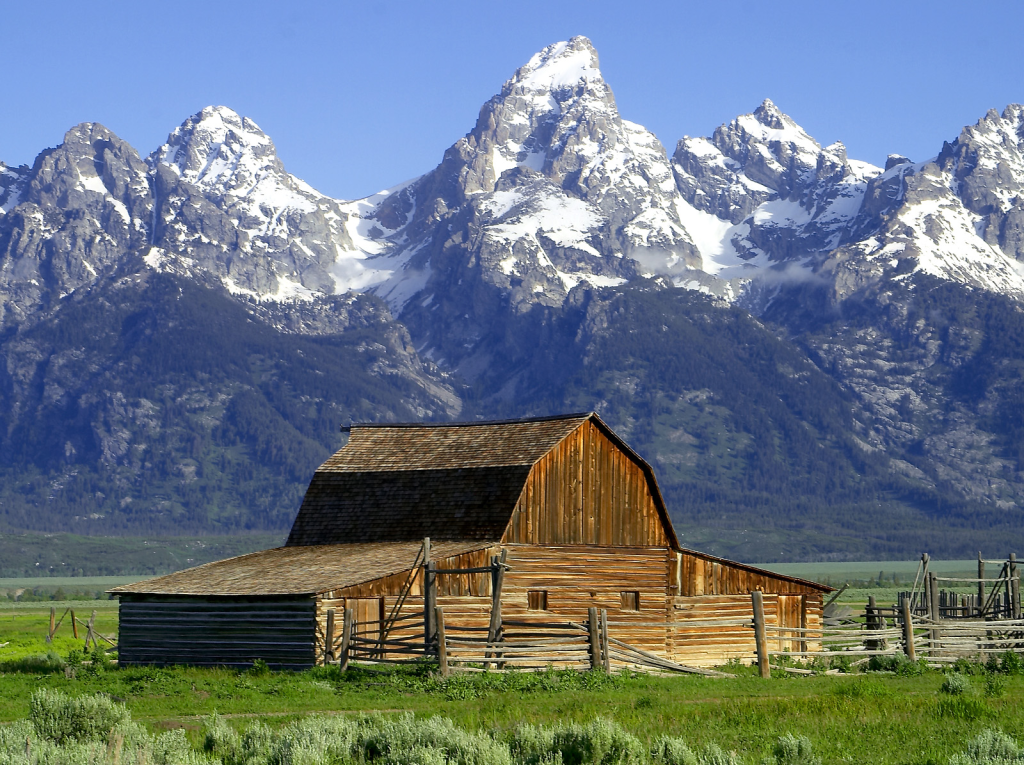
8. Mount Rainier National Park
Washington’s Mount Rainier National Park is a breathtaking illustration of the country’s natural splendour. The park, which is well-known for its stunning vistas, varied ecosystems, and the imposing presence of Mount Rainier, provides unmatched chances for leisure and adventure. Mount Rainier National Park is one of the nation’s most exquisite natural areas, renowned for its striking natural characteristics, abundant biodiversity, and profound cultural significance. Rising majestically to a height of 14,410 feet, Mount Rainier, the highest volcano in the Cascade Range, displays a composite volcanic structure created over the last half million years by alternating high and low-volume eruptions. The park is home to vast glacier systems that have carved out unique valleys and ridge forms in the terrain. It is also the second most seismically active volcano in the northern Cascade Range after Mount St. Helens, with about 20 small annual earthquakes due to its location in a subduction zone where tectonic activity contributes to its seismic responsiveness.

9. Glacier Bay National Park and Preserve
The breathtaking natural splendour of the United States is brilliantly showcased at Alaska’s Glacier Bay National Park and Preserve. The park, well-known for its stunning glaciers, unusual geological formations, and abundant biodiversity, allows tourists to explore one of the nation’s most pristine wilderness areas. Glacier Bay is one of the most stunning national parks due to its rich cultural value, varied ecosystems, and recreational options. Towering tidewater glaciers that plunge sharply from high mountains to the sea, forming distinctive geological formations and stunning vistas, are the main features of Glacier Bay National Park. Geological solid processes, including tectonic activity and glacial erosion, have formed the region, especially along the Fairweather-Queen Charlotte Fault system. Deep valleys and features like moraines formed by glacial deposits are the products of these processes, and they offer visitors a breathtaking environment to explore.
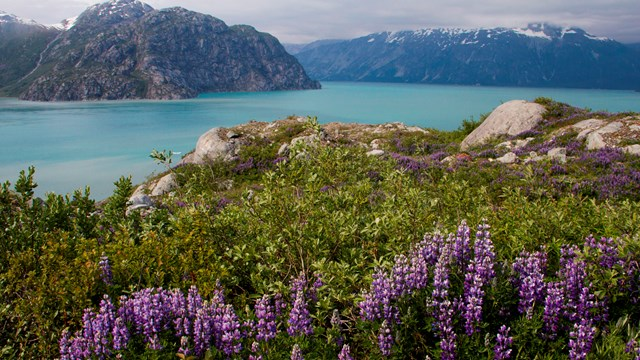
10. Black Canyon of the Gunnison National Park
The Gunnison National Park in Colorado’s Black Canyon exemplifies America’s breathtaking natural splendour. The park, well-known for its stunning vistas, extensive geological past, and varied ecosystems, provides tourists with an unmatched experience in one of North America’s most breathtaking canyons. Black Canyon is undoubtedly one of the most stunning nature parks in the country because of its distinctive geological features, plenty of recreational activities, and cultural value. The Precambrian granites, gneisses, and schists that comprise most of the sheer, dark cliffs that define the Black Canyon of the Gunnison are striking features. Over millions of years, the Gunnison River was produced by tremendous erosion that drove through approximately 1.7 billion metamorphic rocks. The river’s tiny tunnels and stunning vertical cliffs reach 2,722 feet at Warner Point. Notable features within the geological formations include the Painted Wall, Colorado’s tallest cliff, adorned with eye-catching granitic pegmatites and visually representing the region’s intricate geological past.

11. Olympic National Park
Olympic National Park in Washington is one of the most exquisite nature parks in the country; it is a breathtaking display of diversity and natural beauty. Recognised for its striking vistas, abundant ecosystems, and noteworthy cultural legacy, the park provides visitors with a remarkable chance to investigate its many settings. The untamed beauty of the Pacific Northwest is embodied in Olympic National Park, which has craggy coasts, lush rainforests, and towering mountains. Tectonic action has sculpted the unique geological landscape of Olympic National Park, resulting in notable formations that have been there for millions of years. Glacier-capped mountains in the park, such as 7,980-foot Mount Olympus, highlight the region’s tremendous elevation variations and geological past. Sea stacks and coastal cliffs may be found throughout its shoreline, while the interior features geological structures formed by elevated and folded ancient seafloor sediments.

12. Big Bend National Park
The many geological formations found in Big Bend National Park include rocky mountains, volcanic landscapes, and old marine sedimentary rocks. The park is home to massive limestone cliffs formed from ancient seabeds, vivid volcanic structures from previous eruptions, and the remains of the Ouachita Mountains. Extensive erosional processes have influenced the park’s topography, as seen in the valleys and canyons with sharp edges created by the Rio Grande. The park’s spectacular scenery, which includes the imposing Chisos Mountains, vast desert panoramas, and striking gorges like Santa Elena Canyon, defines its scenic appeal. The vivid hues of the sunsets and the striking contrasts between the untamed landscape and the vivid springtime wildflowers frequently enthral visitors. The changing seasons offer different perspectives, such as the verdant flora following periodic downpours or the icy splendour of the desert throughout the winter, resulting in a constantly changing scenery all year round.







